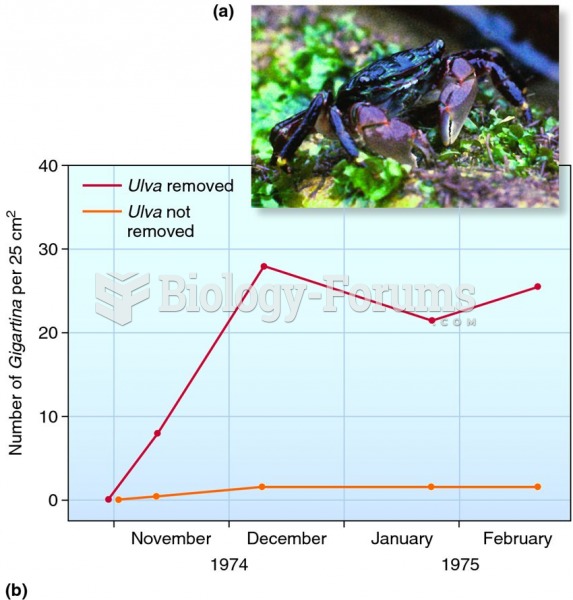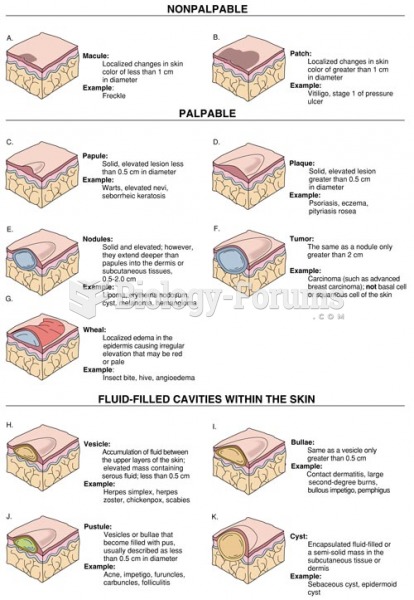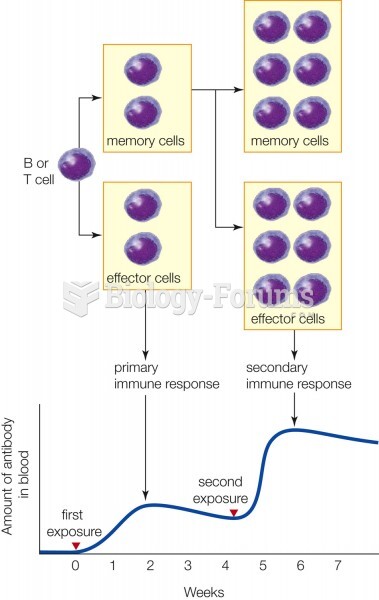Answer to Question 1
Title I implements the WIPO treaties by making certain technical amendments to U.S. law in order to provide appropriate references and links to the treaties. It also creates two new prohibitions in the Copyright Act (Title 17 of the U.S. Code)one on circumvention of technological measures used by copyright owners to protect their works and one on tampering with copyright management information. Title I also adds civil remedies and criminal penalties for violating the prohibitions. However, Title II (Online Copyright Infringement Liability Limitation Act)enables Web site operators that allow users to post content on their Web site (e.g., music, video, and pictures) to avoid copyright infringement liability if certain safe harbor provisions are followed.
Without the safe harbors that the DMCA provides, the risk of copyright liability would be so great as to seriously discourage ISPs from hosting and transmitting user-generated content. Others see the DMCA as extending too much power to copyright holders. They share the viewpoint of Verizon General Counsel William P. Barr, who stated in testimony before Congress that the broad and promiscuous subpoena procedure of the DMCA grants truly breathtaking powers to anyone who can claim to be or represent a copyright owner; powers that Congress has not even bestowed on law enforcement and national security personnel.
Answer to Question 2
You may say that the concept that an idea cannot be copyrighted but the expression of an idea can be is key to understanding copyright protection. For example, an author cannot copy the exact words that someone else used to describe his feelings during a World War II battle, but he can convey the sense of horror that the other person expressed. Also, there is no copyright infringement if two parties independently develop a similar or even identical work. For example, if two writers happened to use the same phrase to describe a key historical figure, neither would be guilty of infringement. Of course, independent creation can be extremely difficult to prove or disprove.







